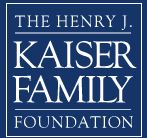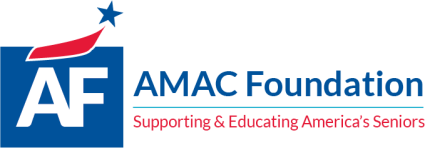Enrollment and Spending Patterns Among Medicare-Medicaid Enrollees (Dual Eligibles)
(By Maria Peña, Maiss Mohamed, Alice Burns, Juliette Cubanski, Nolan Sroczynski, and Priya Chidambaram for Kaiser Family Foundation Published: Jan 31, 2023)
Medicare and Medicaid are the two largest public health insurance programs in the United States. Medicare is the primary source of health insurance coverage for people ages 65 and older and covers people under 65 with long-term disabilities who qualify for Medicare through the Social Security Disability Insurance program. Medicare is a federal program financed primarily by general revenues, payroll tax contributions, and premiums. Medicaid is the nation’s largest public health insurance program for low-income Americans and the primary payer for long-term services and supports. The federal government sets core Medicaid requirements, but states have some flexibility with respect to the people they cover and the benefits they provide. Medicaid is jointly funded by states and the federal government. The federal government matches state spending for eligible beneficiaries and qualified services without a limit. The federal share of spending for most Medicaid enrollees is determined by a formula that provides a match of at least 50% and provides a higher match for states with lower per capita income relative to the national average. Continue reading here…

Notice: The link provided above connects readers to the full content of the posted article. The URL (internet address) for this link is valid on the posted date; medicarereport.org cannot guarantee the duration of the link’s validity. Also, the opinions expressed in these postings are the viewpoints of the original source and are not explicitly endorsed by AMAC, Inc.; the AMAC Foundation, Inc.; or medicarereport.org
